Home>Garden Essentials>What Soil Mix Does Aloe Like
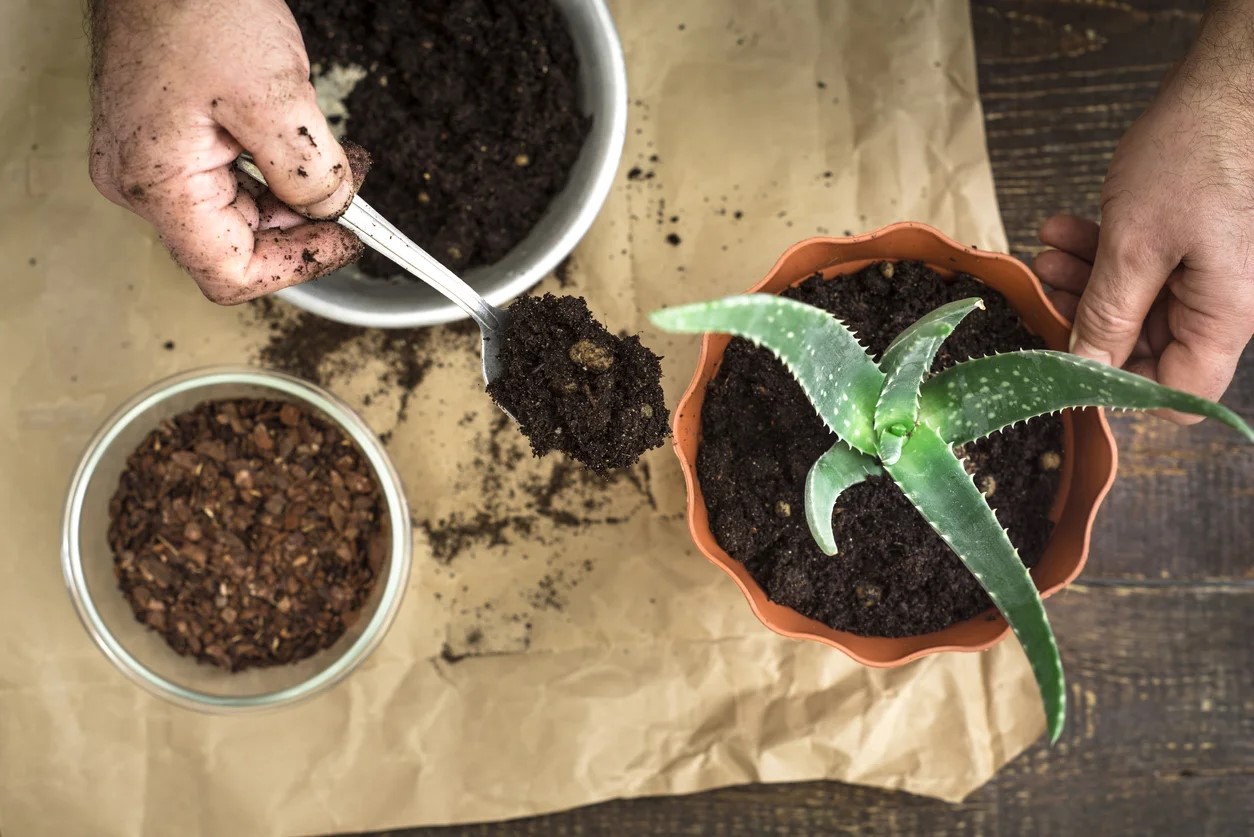

Garden Essentials
What Soil Mix Does Aloe Like
Modified: March 16, 2024
Discover the ideal garden soil mix for growing aloe plants. Learn what type of soil aloe likes and how to create the perfect soil mixture for healthy aloe growth.
(Many of the links in this article redirect to a specific reviewed product. Your purchase of these products through affiliate links helps to generate commission for Storables.com, at no extra cost. Learn more)
Introduction
Welcome to the fascinating world of gardening! If you’re a proud owner of an aloe plant or considering adding one to your collection, it’s essential to understand the importance of providing the right soil mix for optimal growth and health. Aloe plants, with their succulent leaves and handsome rosette shapes, are not only beautiful to look at but also offer a host of medicinal benefits. To ensure your aloe plant thrives and flourishes, knowing the specific soil requirements is crucial.
Aloes are versatile plants that belong to the succulent family. Native to arid climates, these plants have adapted to survive in sandy, well-draining soils. In their natural habitat, aloe plants have deep root systems that allow them to absorb water and nutrients efficiently. Replicating these natural conditions in your garden or indoor space is vital to creating a conducive environment for your aloe.
In this article, we will delve into the characteristics of an ideal soil mix for aloe plants and highlight the benefits of using the right soil mix. We will also discuss common mistakes to avoid when creating an aloe-friendly soil blend. By the end of this article, you’ll have a comprehensive understanding of how to provide the best soil conditions for your aloe plants, ensuring their longevity and overall health.
So, let’s dig in and explore the fascinating world of aloe-friendly soil mixes!
Key Takeaways:
- Aloe plants thrive in well-draining, loose soil with good aeration and slightly acidic to neutral pH. Avoid overwatering and using heavy, contaminated soils to ensure their long-term health and vitality.
- Creating an aloe-friendly soil mix with components like succulent soil, perlite, and organic matter promotes healthy root development, lush foliage, and long-term plant vigor. Avoid common mistakes like neglecting aeration and using heavy soils for optimal aloe growth.
Read more: What Soil Mix For Succulents
Understanding the Soil Needs of Aloe Plants
To create an optimal growing environment for your aloe plants, it is crucial to understand their unique soil requirements. Aloes are succulents that have adapted to survive in dry, arid climates, so they have specific preferences when it comes to soil types.
One of the most important characteristics of soil for aloe plants is good drainage. Aloe roots are susceptible to rot if they sit in waterlogged soil for extended periods. Therefore, it is essential to choose a soil mix that allows excess water to drain away, preventing the roots from becoming waterlogged and potentially rotting.
Additionally, aloe plants prefer soil that is loose and well-aerated. This type of soil structure allows for proper air circulation around the roots and reduces the risk of fungal diseases. It also allows the roots to access oxygen more easily, which is essential for their overall health and growth.
Aloes are not fussy about soil pH, as they can tolerate a wide range. However, slightly acidic to neutral pH levels, between 6.0 and 7.0, are generally considered ideal for aloe plants. pH levels outside this range can affect nutrient availability and may lead to nutrient deficiencies or toxicities.
Another important factor to consider is the nutrient content of the soil. While aloe plants are relatively low-maintenance when it comes to fertility requirements, they do benefit from a well-balanced soil mix that provides essential nutrients. A nutrient-rich soil will support healthy growth, vibrant foliage, and strong root development.
Understanding the soil needs of aloe plants is essential because it helps create an environment that promotes their overall health and well-being. By replicating their natural habitat as closely as possible, you can provide the ideal soil conditions to help your aloe plants thrive.
Characteristics of Ideal Soil Mix for Aloe
The ideal soil mix for aloe plants should possess specific characteristics that promote optimal growth and development. By understanding these characteristics, you can create a well-balanced and nurturing environment for your aloe plants. Let’s explore the key attributes of an ideal soil mix for aloes:
- Good Drainage: A well-draining soil mix is crucial for aloe plants. It should be loose and porous, allowing excess water to flow freely and preventing waterlogging. This characteristic prevents the roots from sitting in stagnant water, which can lead to rot and other root-related issues.
- Aeration: Adequate oxygen circulation is essential for aloe plants, and the soil mix should facilitate this. Aloe roots require oxygen to function optimally, and a well-aerated soil mix will ensure that the roots have access to the necessary air supply. This promotes healthy root growth and reduces the risk of root diseases.
- Neutral to Slightly Acidic pH: While aloe plants are adaptable when it comes to soil pH, a slightly acidic to neutral range is generally preferred. A pH level between 6.0 and 7.0 is ideal. This pH range ensures that essential nutrients are readily available to the plant, supporting healthy growth and overall vitality.
- Loose Texture: The soil mix for aloe plants should have a loose texture, allowing the roots to spread easily and promoting optimal nutrient and water absorption. A loose soil texture also avoids compaction, which can hinder root growth and inhibit the plant’s ability to access nutrients and moisture.
- Well-Balanced Nutrition: Although aloes are not heavy feeders, a well-balanced soil mix with adequate nutrients is essential for their overall health and vitality. Incorporating organic matter, such as compost or well-rotted manure, into the soil mix can provide essential nutrients for the plants. It is important to avoid excessive fertilization, as this can lead to salt buildup and cause harm to the plant.
- Free from Contaminants: Avoid using soil mixes that contain contaminants, such as chemicals, pesticides, or heavy metals. These substances can be harmful to aloe plants and can have detrimental effects on their growth and overall well-being.
By ensuring that your soil mix possesses these characteristics, you are creating an ideal growing medium that supports the health, growth, and vibrancy of your aloe plants. Providing the right soil environment is crucial for their long-term success and enjoyment.
Components of an Aloe-Friendly Soil Mix
Creating the perfect soil mix for your aloe plants involves combining different components that provide the necessary characteristics and nutrition. Here are the key components to consider when creating an aloe-friendly soil mix:
- Succulent or Cactus Soil: Aloe plants thrive in well-draining soil, and using a succulent or cactus soil mix as the base is highly recommended. These specialized soil mixes are specifically designed to provide excellent drainage and aeration for succulent plants like aloes. They are often composed of a blend of materials such as coarse sand, perlite, and peat moss, which create a loose and porous structure.
- Perlite: Perlite is a lightweight mineral that helps improve soil drainage and aeration. Adding perlite to the soil mix enhances water retention while preventing excessive moisture buildup, which can be detrimental to aloe plants. It also improves the soil’s texture, allowing the roots to spread more easily.
- Pumice: Pumice is another natural volcanic rock that can be added to the soil mix for improved drainage and aeration. It is lightweight and porous, making it an excellent choice for preventing waterlogging and promoting healthy root growth. Pumice also helps to increase the stability of the soil mix and reduce the risk of compaction.
- Organic Matter: Incorporating organic matter, such as well-rotted compost or coconut coir, into the soil mix provides essential nutrients and improves moisture retention. Organic matter aids in maintaining a healthy microbial population in the soil, which contributes to nutrient availability and overall soil fertility. It also helps to improve the soil structure and promote root development.
- Mineral Amendments: Adding mineral amendments, such as limestone or dolomite, can help adjust the pH of the soil mix if needed. These amendments can raise the pH if it is too acidic or lower it if it is too alkaline. It is important to perform a soil test to determine the pH levels and make adjustments accordingly to provide the optimal environment for your aloe plants.
Remember, the proportions of these components may vary depending on the specific needs of your aloe plants and the existing soil conditions. It is recommended to experiment and adjust the mix until you find the perfect balance that works well for your aloes.
By incorporating these components into your soil mix, you are creating an aloe-friendly environment that promotes healthy root growth, allows for proper drainage and aeration, and provides the essential nutrients for your plants' overall well-being.
Aloe plants prefer a well-draining soil mix, such as a combination of potting soil, sand, and perlite. This will help prevent waterlogged roots and keep the plant healthy.
Common Mistakes to Avoid When Creating Aloe Soil Mix
Creating the right soil mix for your aloe plants is essential for their healthy growth and overall well-being. However, there are some common mistakes that gardeners make when creating an aloe soil mix. By being aware of these mistakes, you can avoid them and provide the best possible growing environment for your aloe plants. Let’s explore these common mistakes:
- Using Heavy Soils: One of the most common mistakes is using heavy soils that retain too much moisture. Aloe plants require well-draining soil, so it’s important to avoid using soil mixes that are heavy in clay or loam. These soils can lead to waterlogging and root rot. Instead, opt for a well-draining succulent or cactus soil mix, which provides the necessary drainage for healthy root development.
- Overwatering: Overwatering is a common mistake made by many aloe growers. While aloes require regular watering, excessive moisture can lead to root rot and other related problems. It’s important to allow the soil to dry out between waterings to prevent waterlogged conditions. Always check the moisture level of the soil before watering and adjust the frequency accordingly.
- Underestimating the Importance of Aeration: Adequate air circulation is crucial for aloe plant roots. One common mistake is neglecting the importance of aeration. Compacted soil can restrict root growth and inhibit nutrient and oxygen uptake. Avoid compacting the soil when planting or repotting, and incorporate materials like perlite or pumice to improve aeration and prevent soil compaction.
- Ignoring Soil pH: While aloe plants are adaptable to a range of soil pH levels, ignoring soil pH can have negative effects on their growth. pH levels outside the optimal range can affect nutrient availability and lead to nutrient deficiencies or toxicities. Perform a soil test to determine the pH and make any necessary adjustments to ensure the soil pH is within the preferred range for aloe plants.
- Using Contaminated Soil: Another common mistake is using soil that is contaminated with chemicals, pesticides, or heavy metals. These contaminants can have detrimental effects on aloe plants and can negatively impact their growth and overall health. Always use clean and uncontaminated soil to create your aloe soil mix.
By avoiding these common mistakes, you can create a well-balanced and nurturing soil mix that provides the optimal conditions for your aloe plants. Remember to prioritize good drainage, aeration, and the right pH levels to ensure the long-term health and vitality of your aloe plants.
Read more: What Is A Cactus Soil Mix
Benefits of Using the Right Soil Mix for Aloe Plants
Using the right soil mix for your aloe plants offers numerous benefits that contribute to their overall health, growth, and vitality. Let’s explore the advantages of using the correct soil mix:
- Optimal Drainage: A well-draining soil mix ensures that excess water can drain away quickly. This prevents waterlogged conditions that can lead to root rot and other issues. Proper drainage allows aloe plant roots to access oxygen more easily, promoting healthy root development.
- Adequate Aeration: The right soil mix facilitates proper air circulation around the roots, which is essential for healthy root growth. Good aeration prevents root suffocation and reduces the risk of fungal infections. Well-aerated soil also promotes nutrient uptake, resulting in healthier and more robust aloe plants.
- Optimal Nutrient Availability: The right soil mix provides the necessary nutrients for aloe plant growth and development. An aloe-friendly soil mix that contains organic matter or compost ensures a steady supply of nutrients. This promotes lush foliage, robust root systems, and overall plant vigor.
- Promotes Healthy Root Development: A well-balanced soil mix encourages the development of a strong and extensive root system. This is crucial for aloe plants to absorb water and nutrients efficiently, resulting in improved growth and vitality. Healthy roots provide better stability for the plant, reducing the risk of toppling or damage.
- Prevents Soil Compaction: Using a soil mix that prevents compaction ensures that the roots can spread and grow without any hindrance. Compacted soil restricts root growth and hampers nutrient and water absorption. By providing a loose and well-aerated soil mix, you can prevent soil compaction and encourage optimal root development.
- Supports Long-Term Plant Health: Using the right soil mix for your aloe plants sets the foundation for their long-term health and well-being. A suitable soil mix not only nourishes the plants but also creates an environment that promotes disease resistance and reduces stress. Healthy aloe plants are more likely to bloom, produce offshoots, and thrive for many years to come.
By utilizing the benefits of the right soil mix, you can ensure that your aloe plants receive the optimal growing conditions they need to flourish. Investing time and effort into creating an aloe-friendly soil mix will reward you with vibrant and thriving plants that you can enjoy for years to come.
Conclusion
Cultivating healthy and vibrant aloe plants starts with providing the right soil conditions. By understanding the soil needs of aloe plants and creating an appropriate soil mix, you can create an optimal environment for their growth and well-being.
Remember, the ideal soil mix for aloe plants should have good drainage, proper aeration, and a slightly acidic to neutral pH. Using a succulent or cactus soil mix as a base, along with incorporating components like perlite, pumice, organic matter, and mineral amendments, will ensure that your aloe plants have the best possible growing conditions.
While creating the right soil mix is important, it’s equally crucial to avoid common mistakes such as using heavy soils, overwatering, neglecting aeration, ignoring soil pH, and using contaminated soil. By sidestepping these pitfalls, you can provide your aloe plants with a healthy and supportive growing environment.
The benefits of using the right soil mix for aloe plants are numerous. Optimal drainage, adequate aeration, and optimal nutrient availability contribute to healthy root development, robust foliage, and overall plant vigor. Furthermore, a well-balanced soil mix supports long-term plant health and reduces the risk of diseases and stress.
Creating an aloe-friendly soil mix is a vital step in ensuring the success and longevity of your aloe plants. By investing time and effort into providing the ideal soil conditions, you can enjoy the beauty and benefits of these remarkable plants for many years to come.
So, roll up your sleeves, get your hands dirty, and create the perfect soil mix for your aloe plants. Your green-thumb efforts will be rewarded with thriving, radiant aloes that will bring beauty and joy to your garden or indoor space.
Frequently Asked Questions about What Soil Mix Does Aloe Like
Was this page helpful?
At Storables.com, we guarantee accurate and reliable information. Our content, validated by Expert Board Contributors, is crafted following stringent Editorial Policies. We're committed to providing you with well-researched, expert-backed insights for all your informational needs.
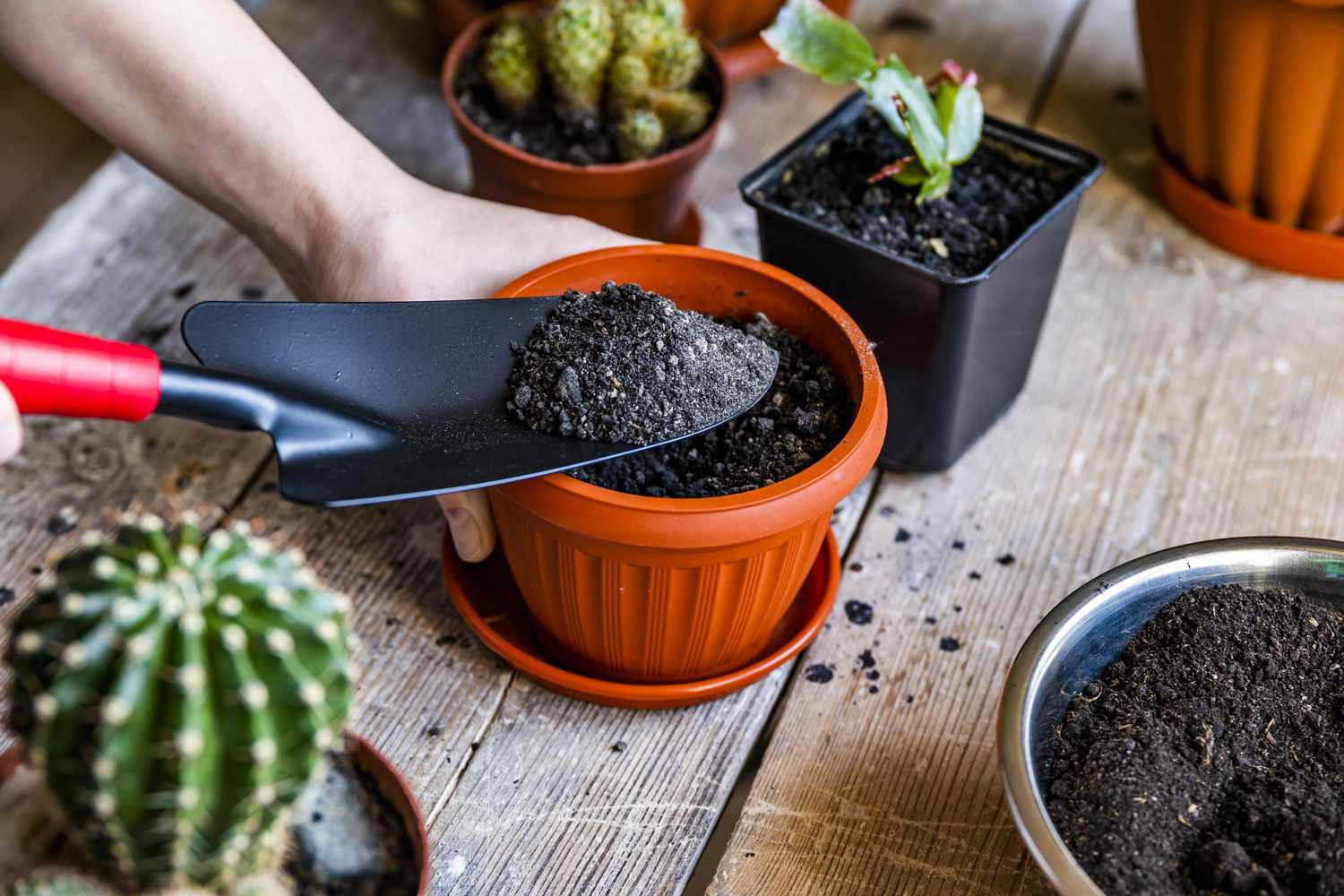
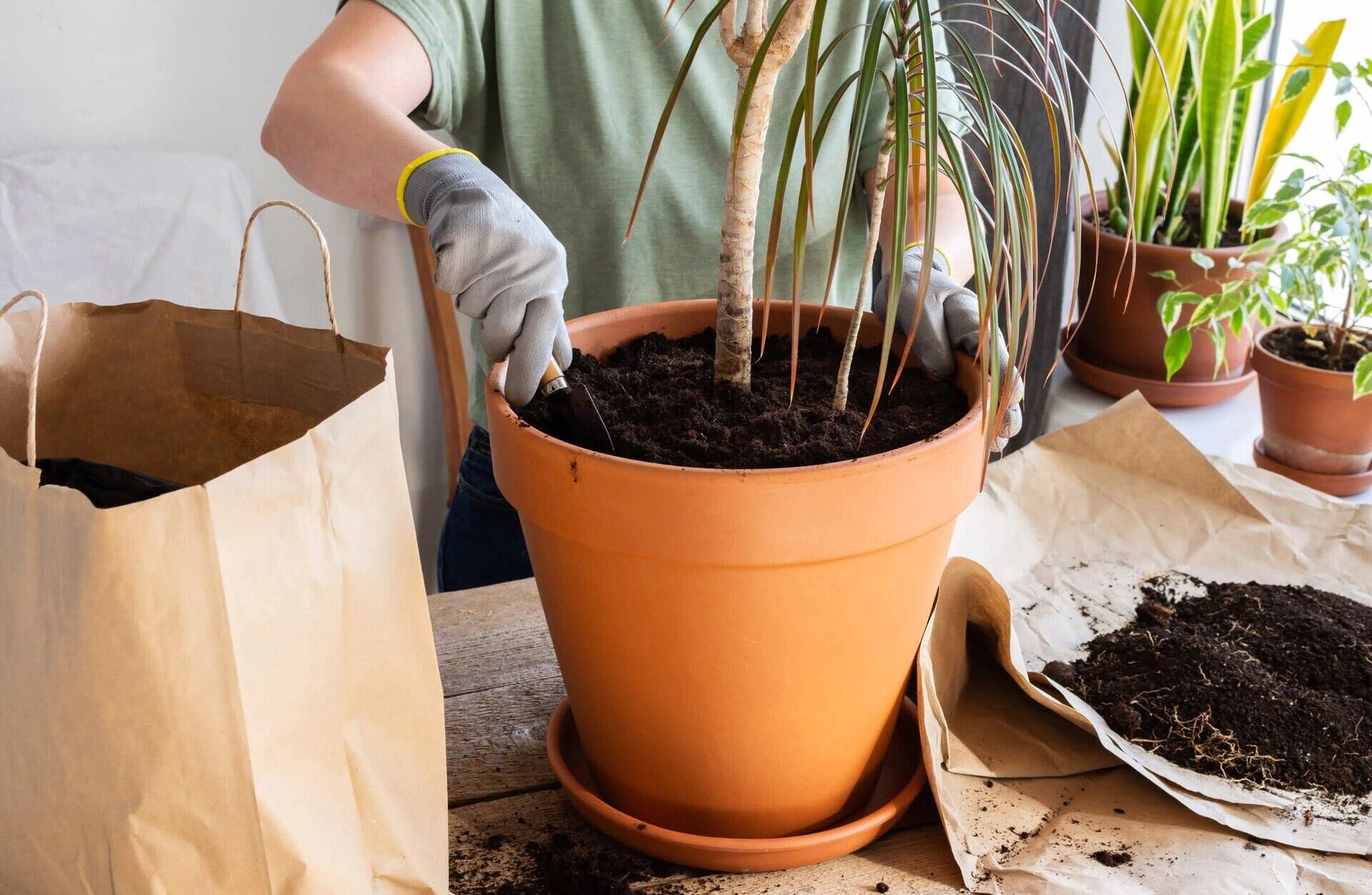
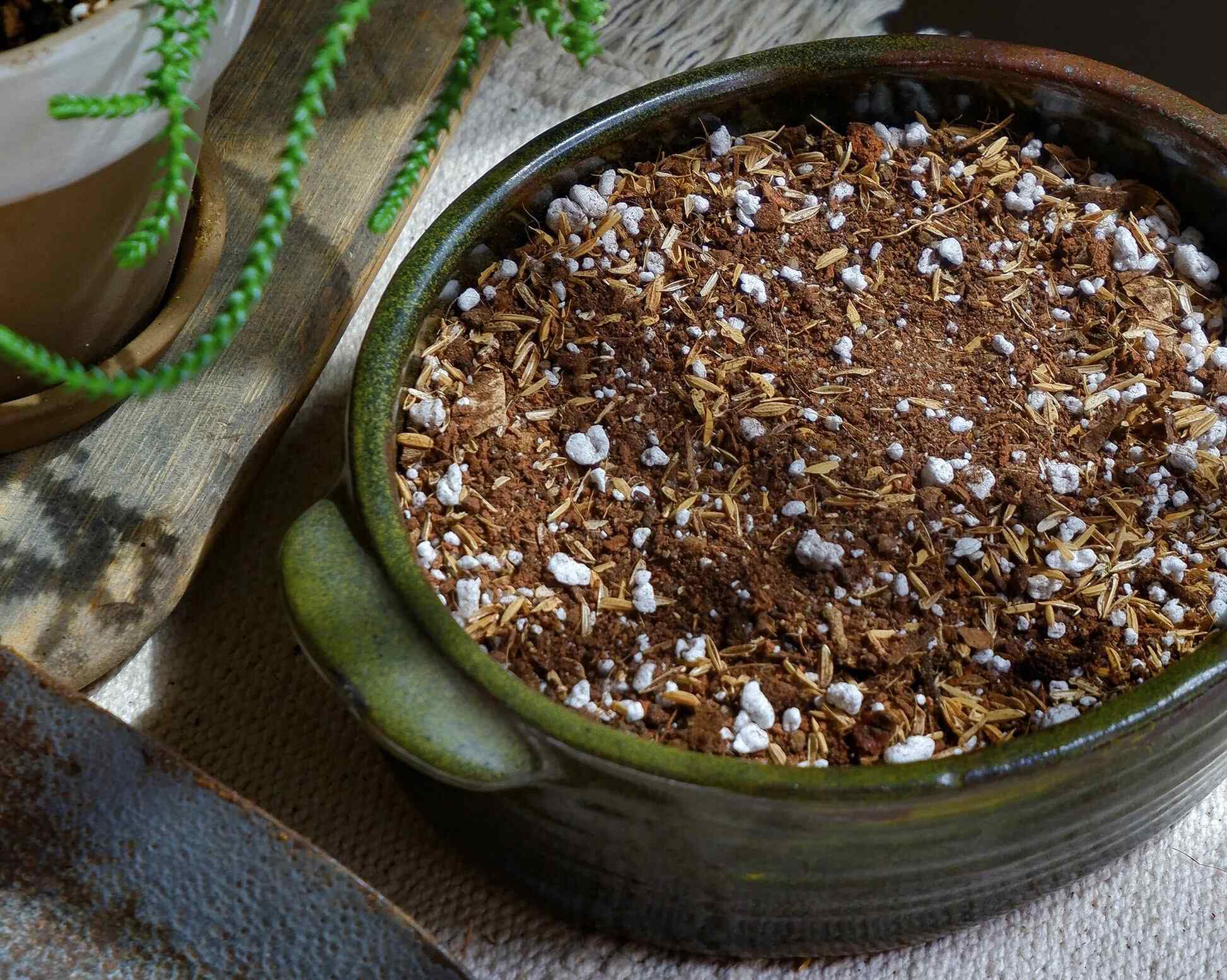
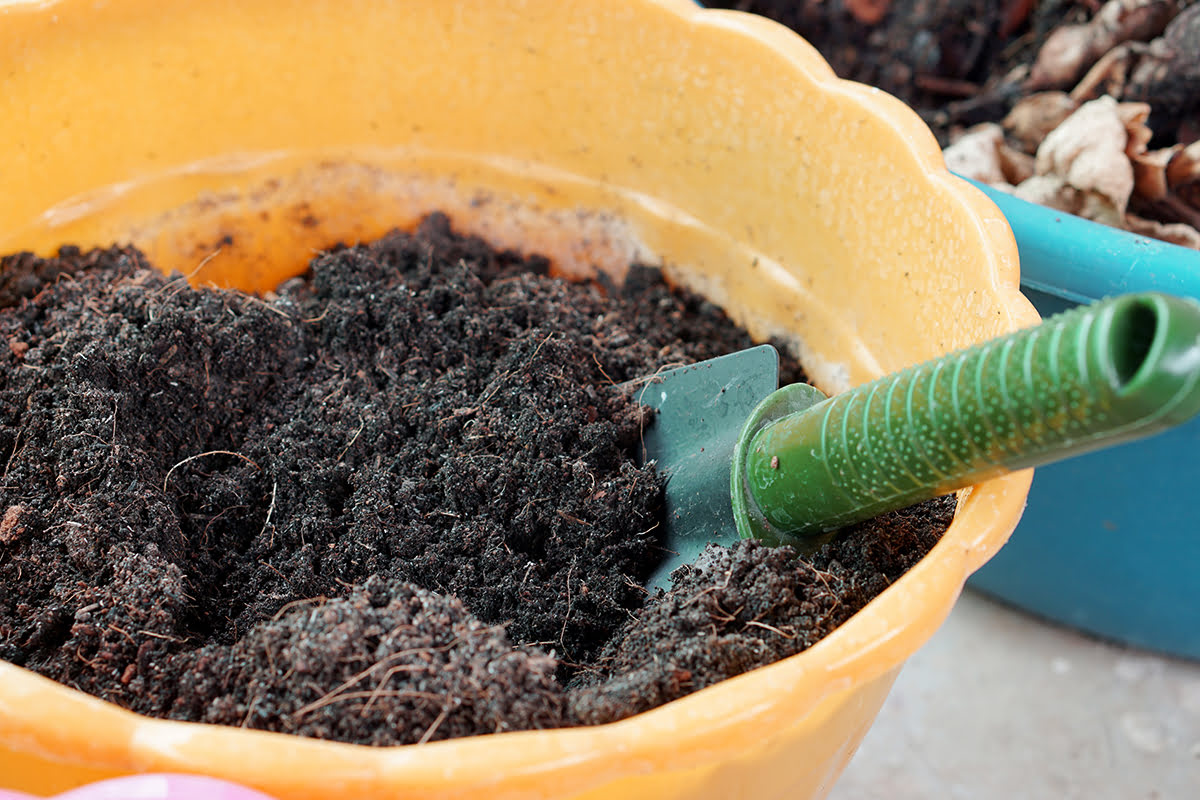
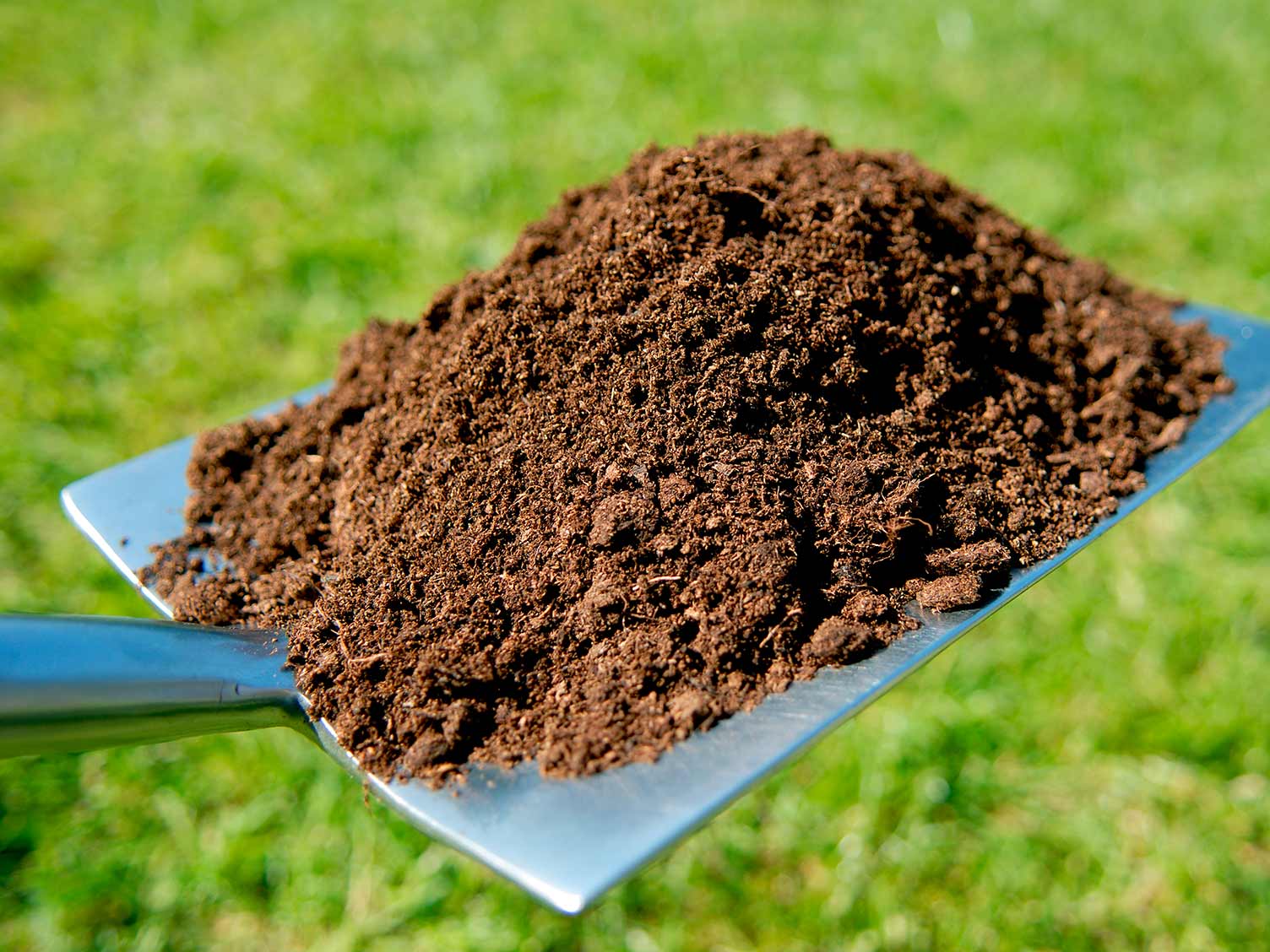
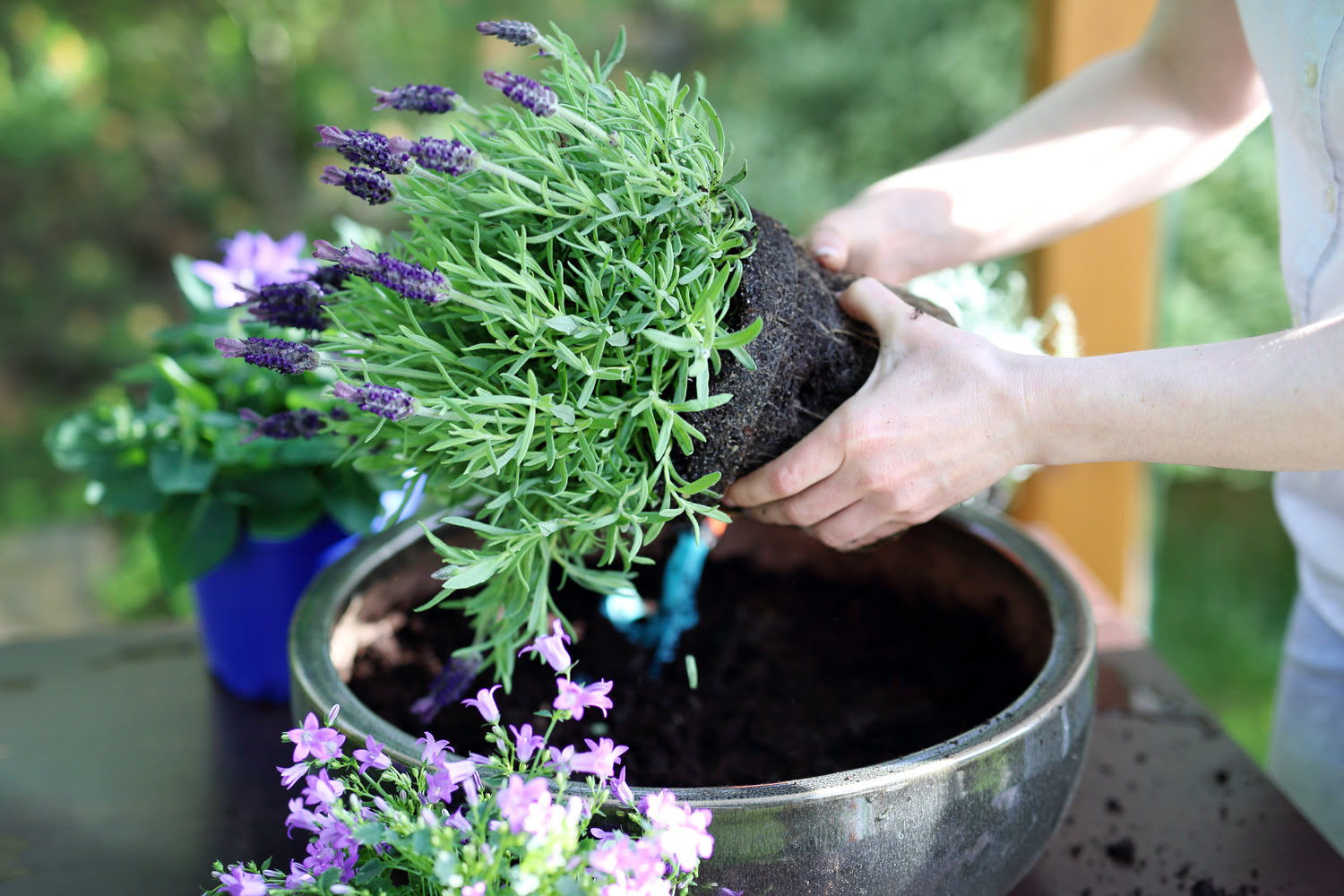
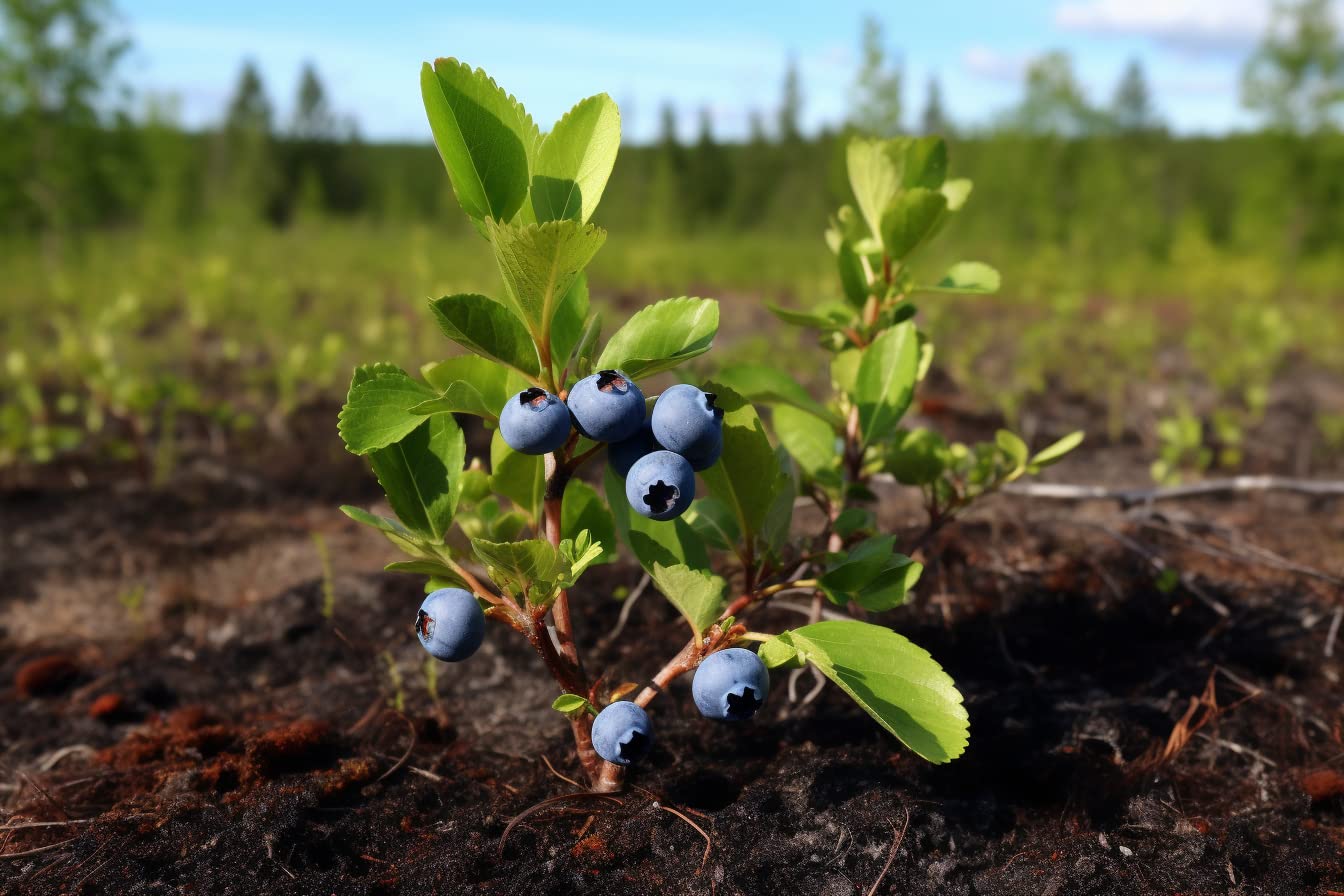
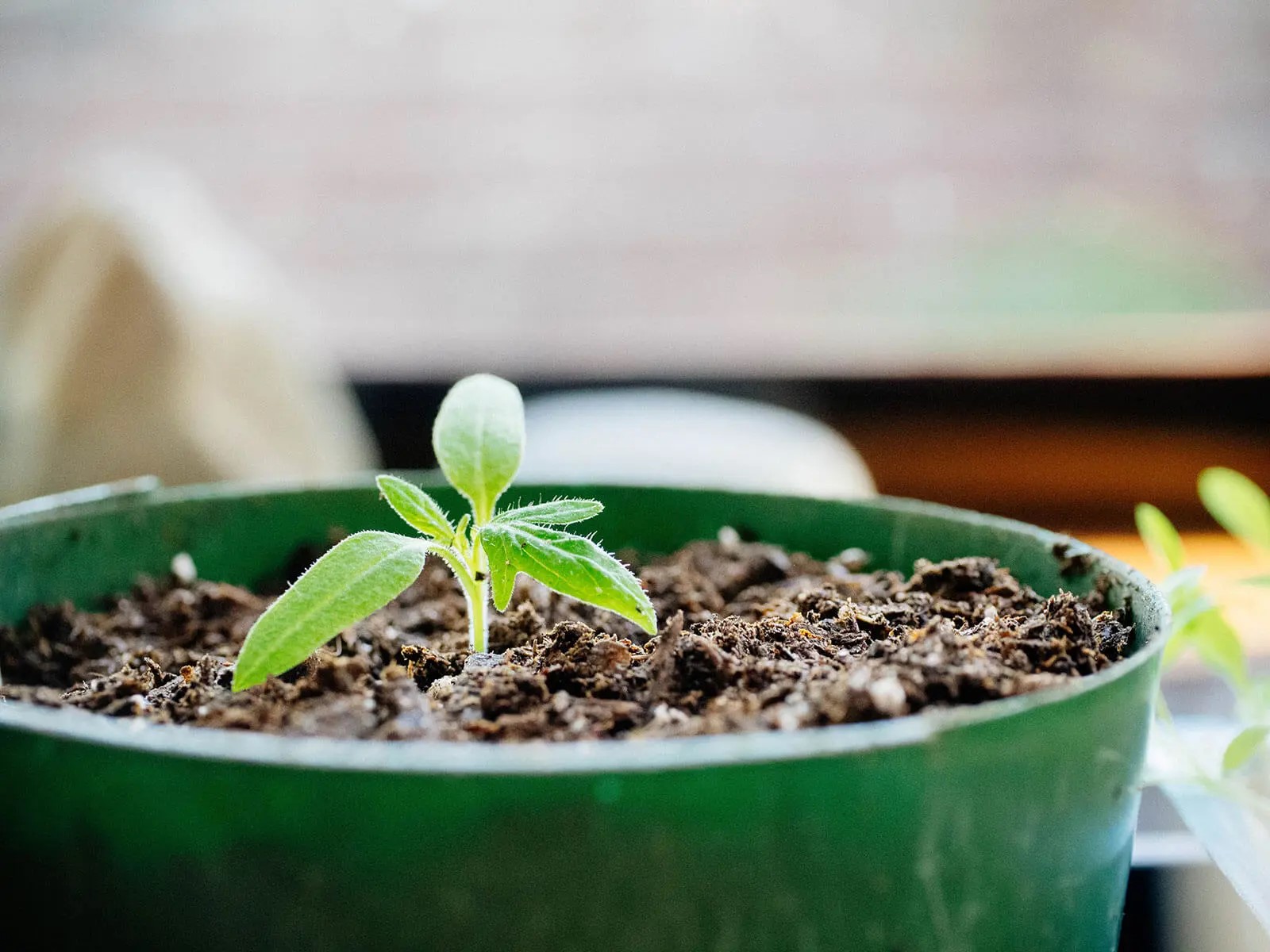
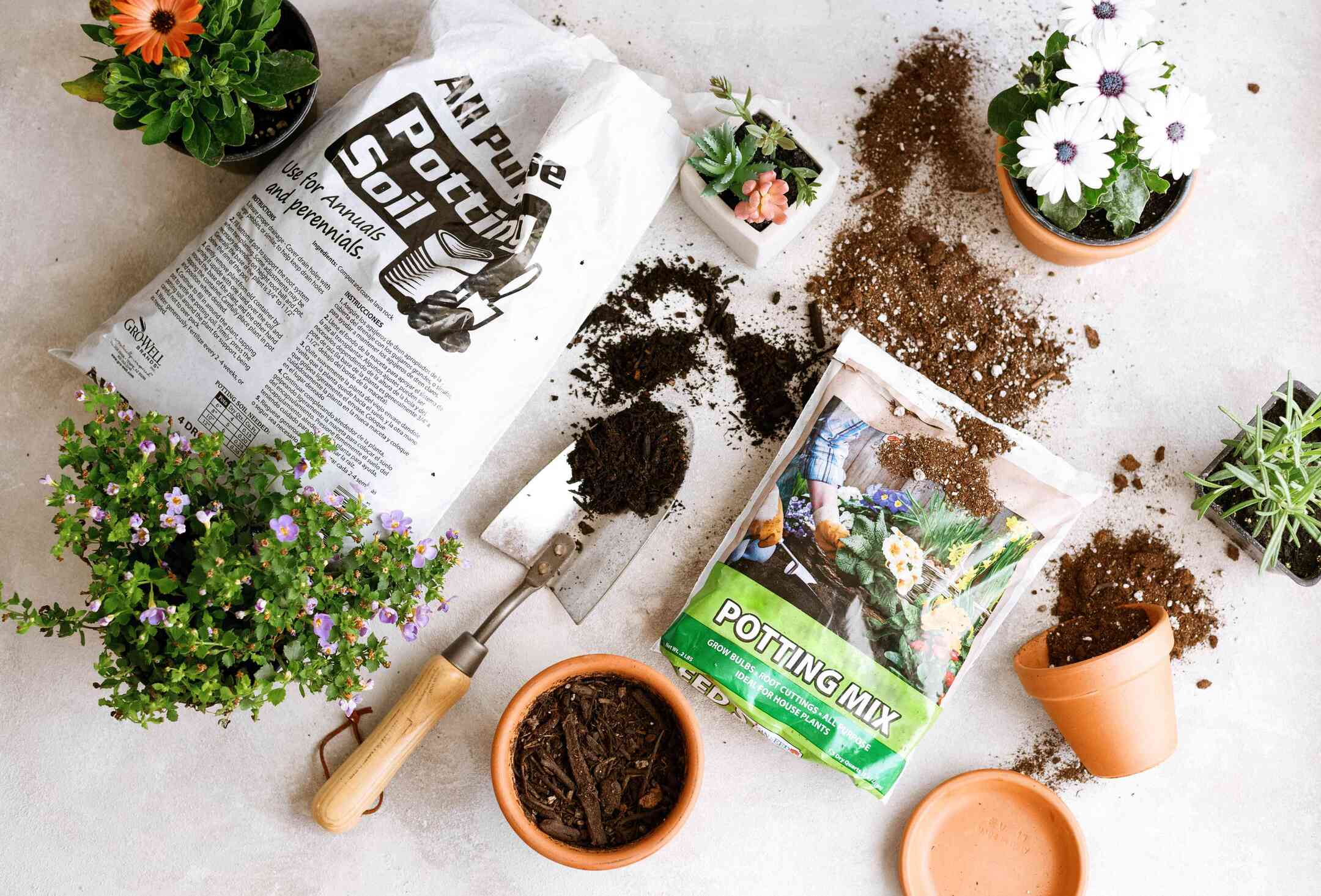
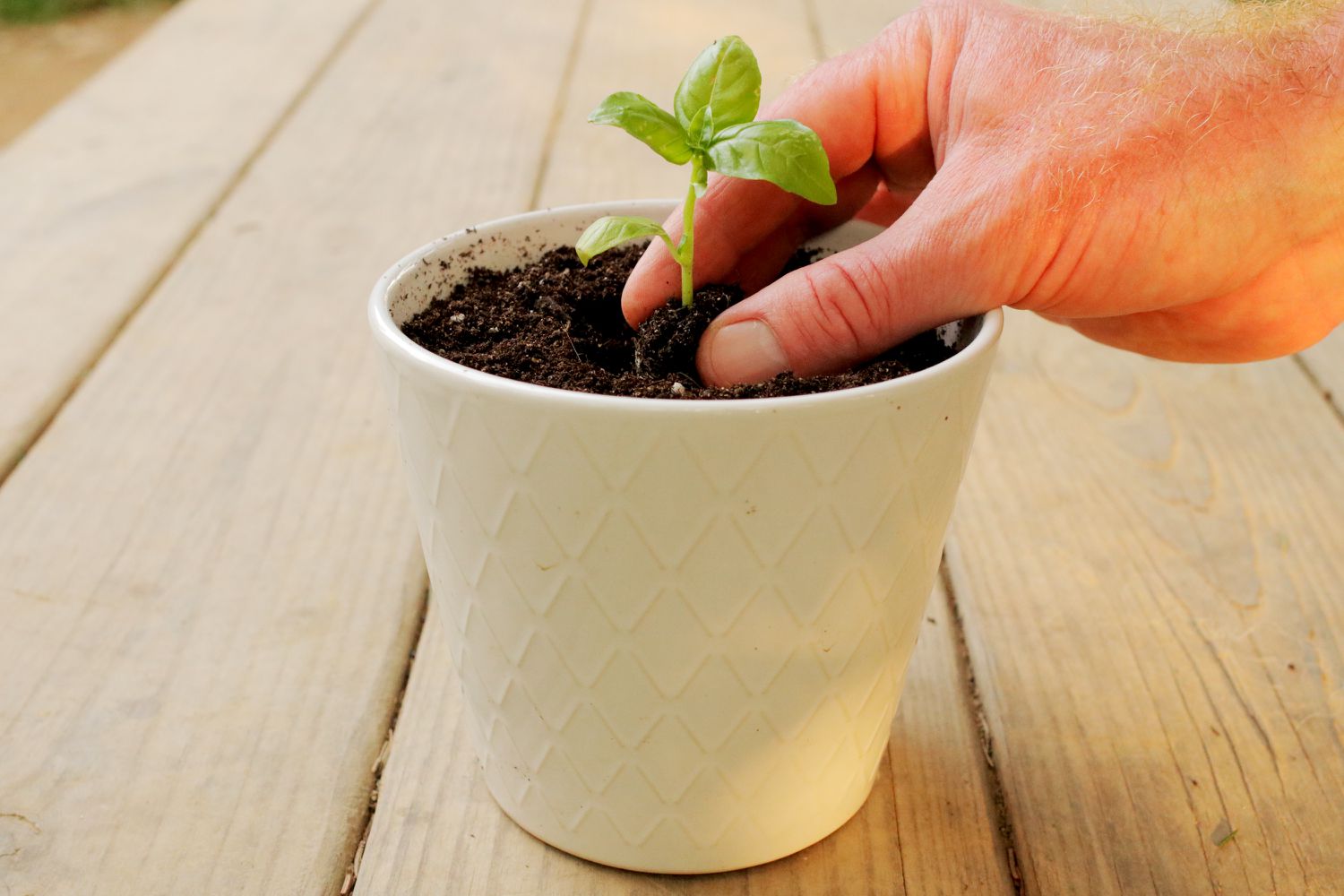
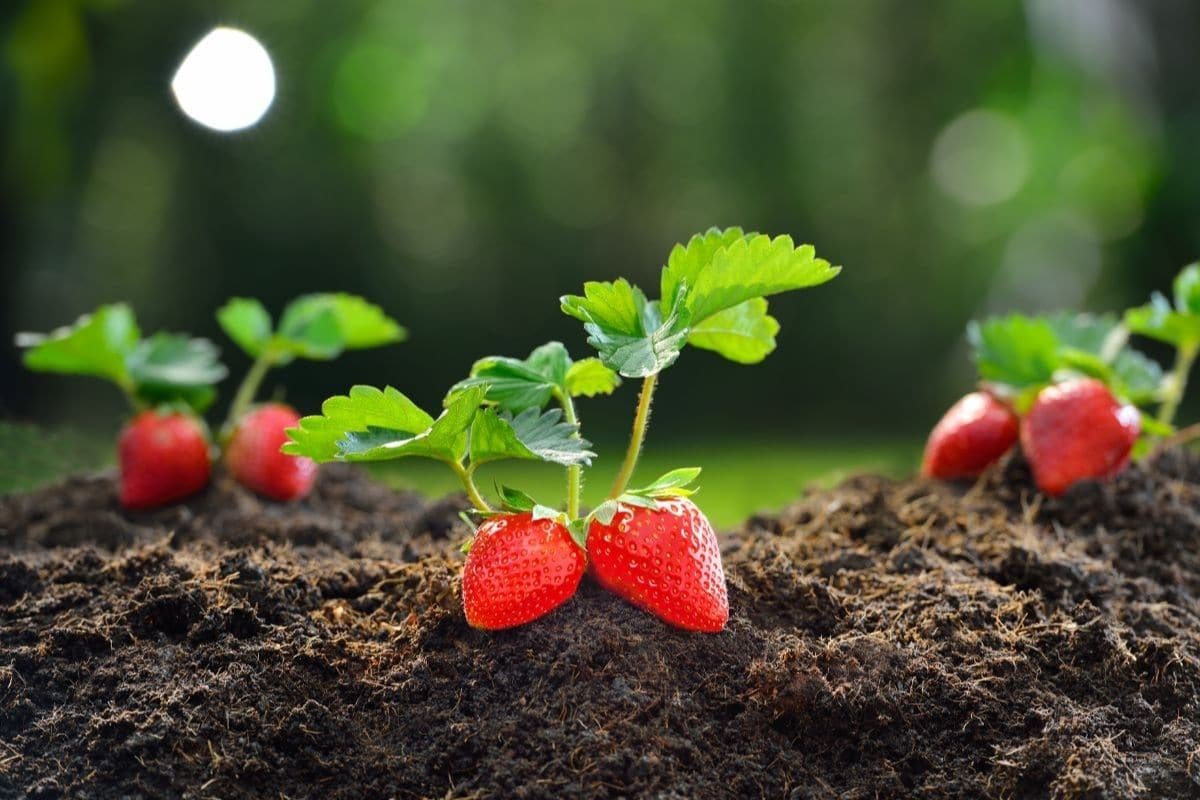
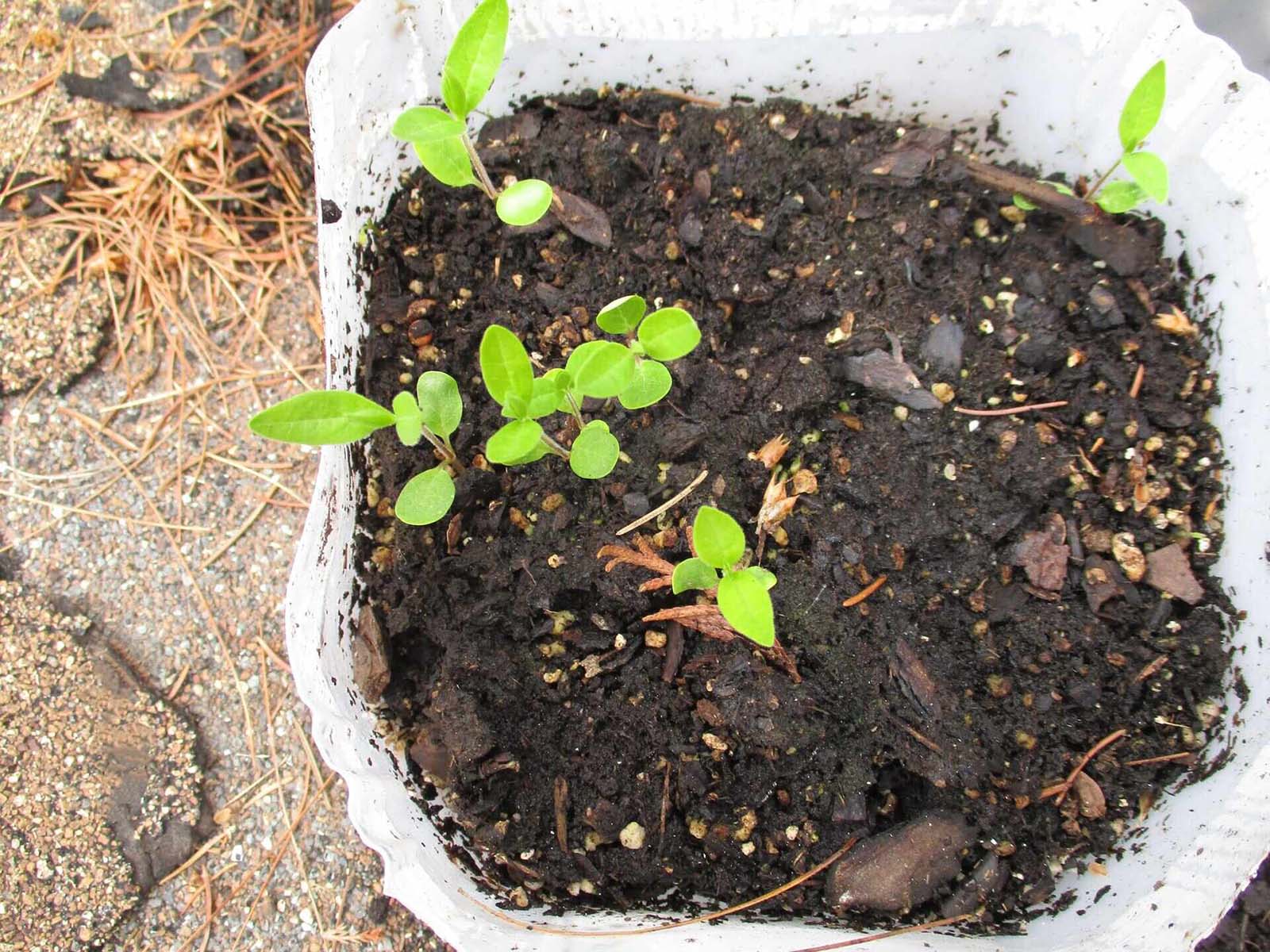
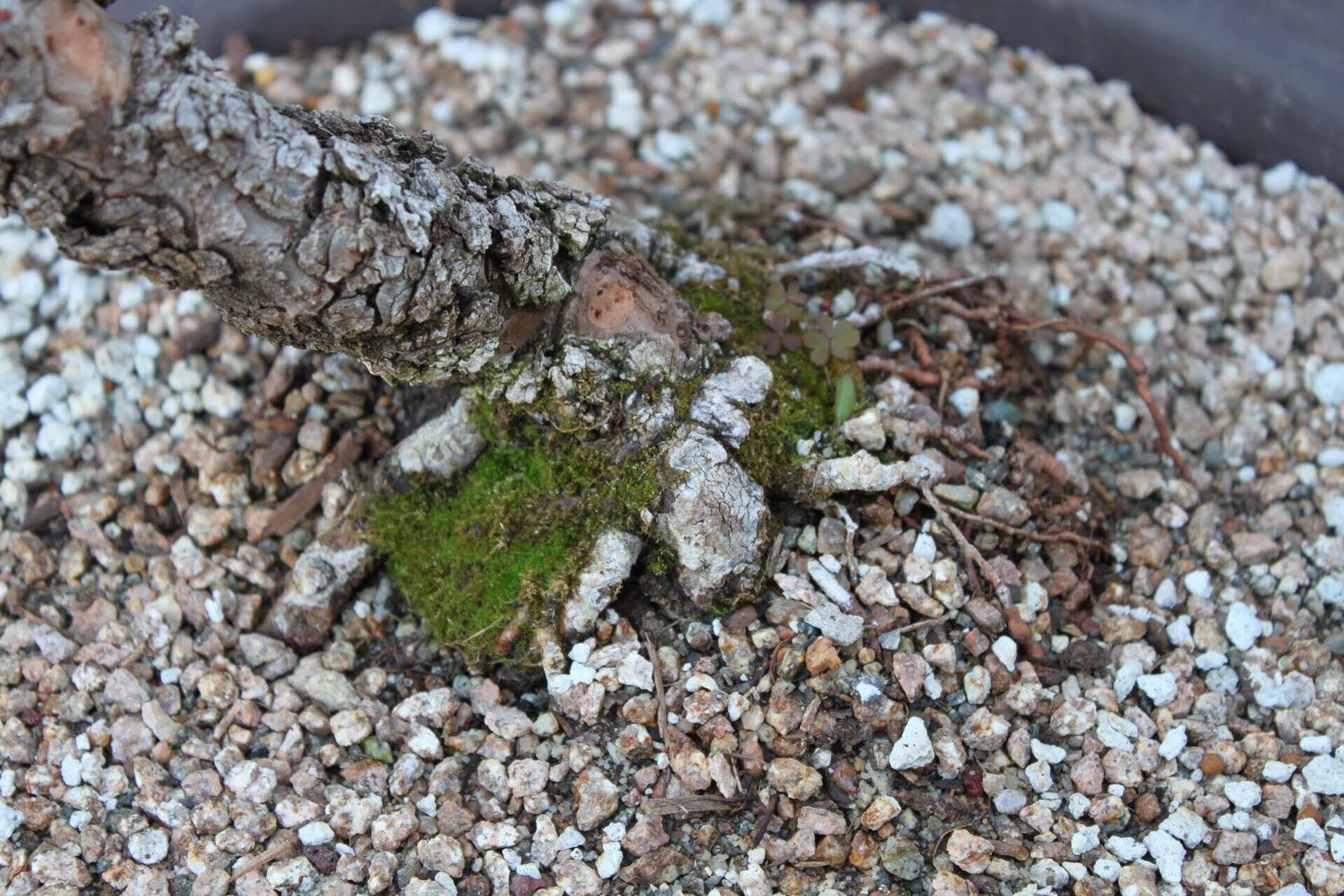
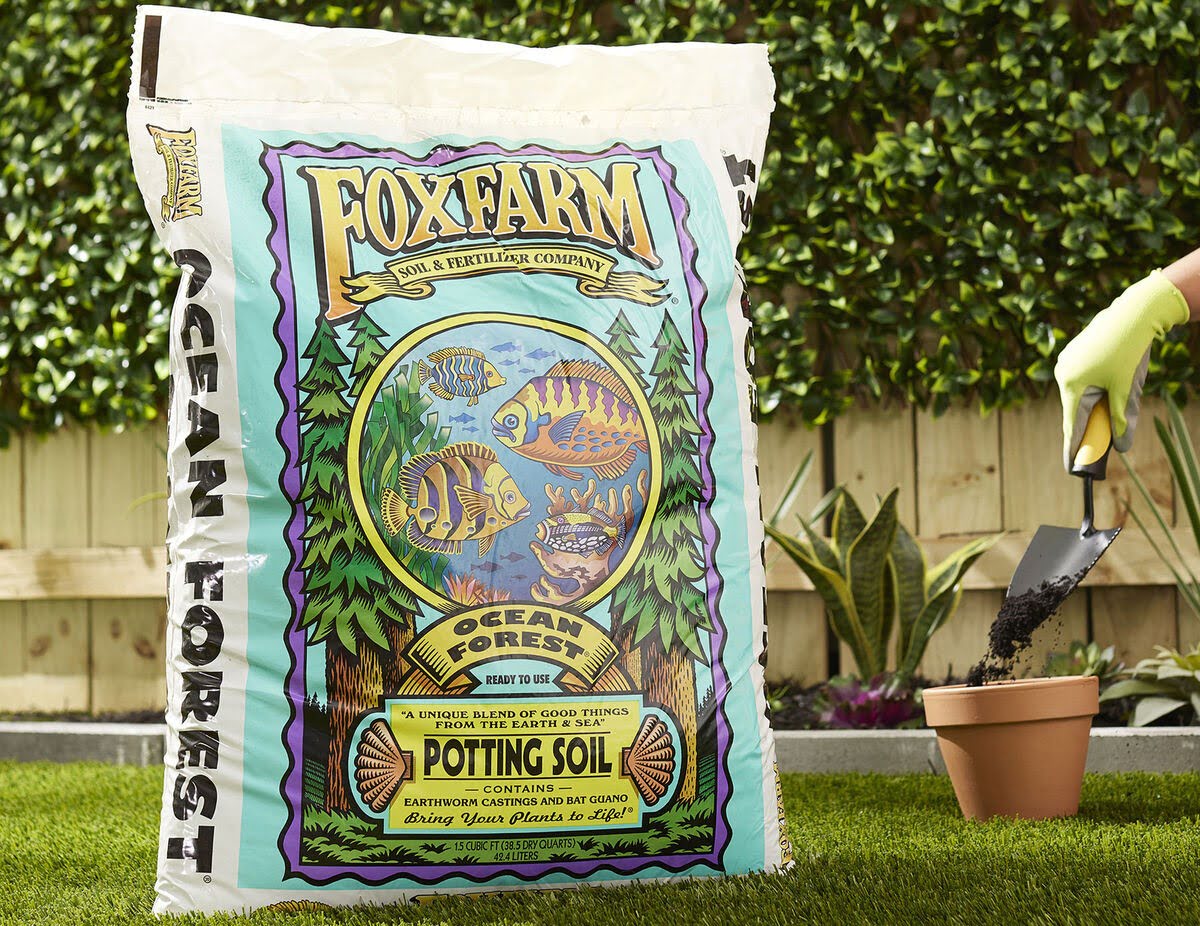

0 thoughts on “What Soil Mix Does Aloe Like”